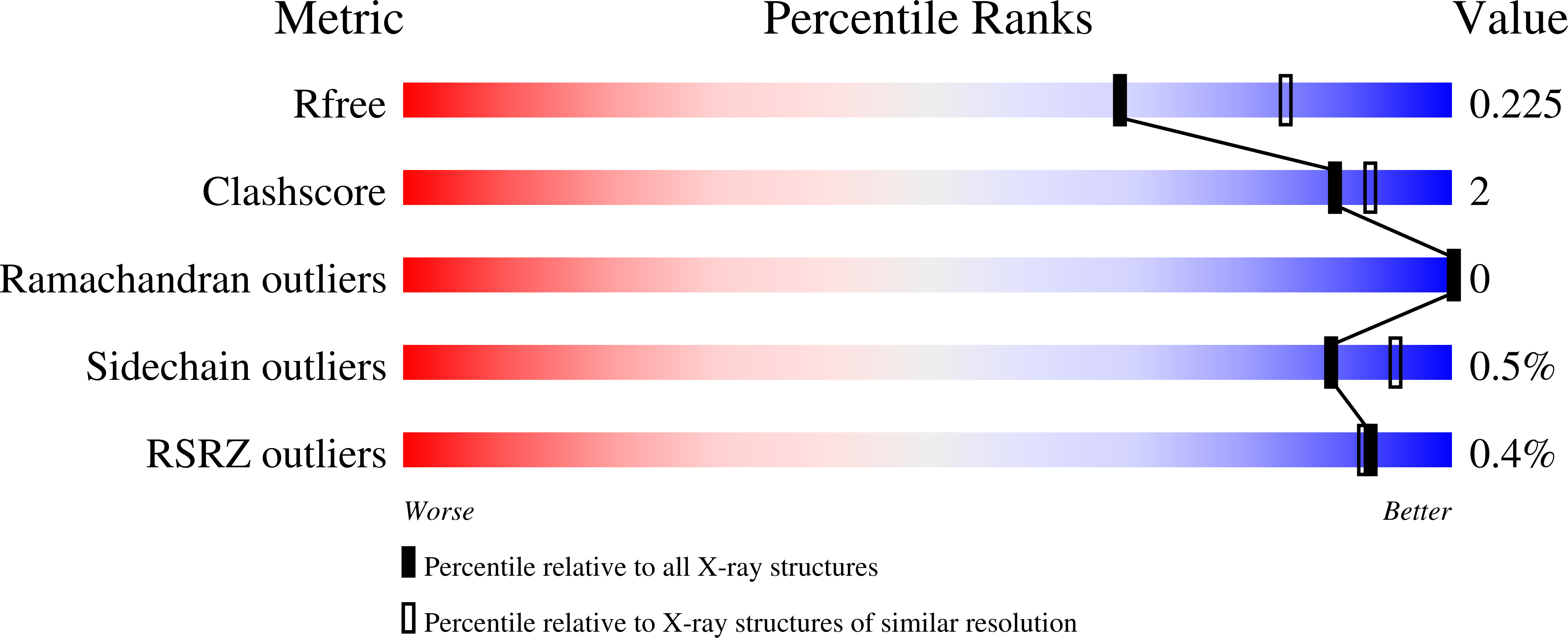
Deposition Date
2022-12-22
Release Date
2023-11-01
Last Version Date
2024-10-23
Entry Detail
PDB ID:
8C2E
Keywords:
Title:
Structure of 14-3-3 sigma delta C with electrophilic peptide 4IEA-5
Biological Source:
Source Organism:
Homo sapiens (Taxon ID: 9606)
Host Organism:
Method Details:
Experimental Method:
Resolution:
2.20 Å
R-Value Free:
0.22
R-Value Work:
0.17
R-Value Observed:
0.17
Space Group:
C 2 2 21


